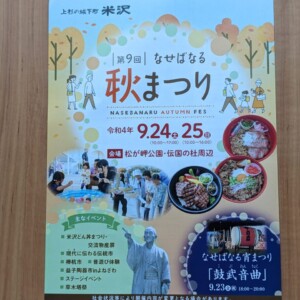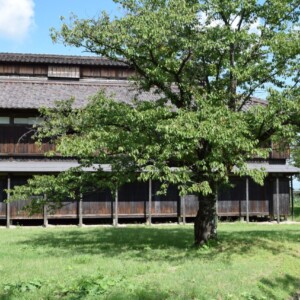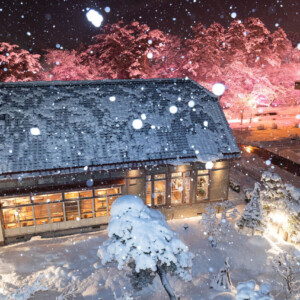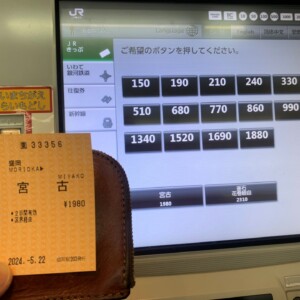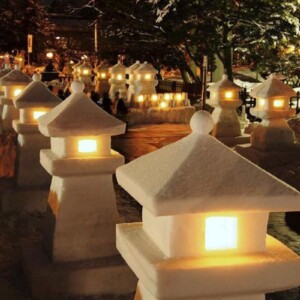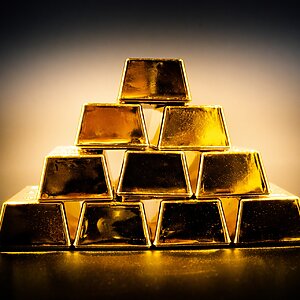
[Sendai City, Miyagi Prefecture] We visited the Sendai City History and Folklore Museum located in Kotsugaoka Park.
table of contents
- 1 The Sendai History and Folklore Museum is located from the east exit of Sendai Station.
- 2 The building has a history of being a military dormitory and a police station.
- 3 Highlights of the “Tools of Everyday Life” at the History and Folklore Museum
- 4 Exhibition booth highlight: “A candy store with a nostalgic feel”
- 5 You can experience old children's games in the exhibition room.
- 6 Lastly, “The highlight of Tsutsugaoka Park where the History and Folklore Museum is located”
The Sendai City History and Folklore Museum (formerly the 4th Infantry Regiment Barracks) located in Kotsugaoka Park used to be a dormitory for soldiers in the past, but only the 4th Barracks remains and was relocated to the east side of the park. Ta. Today, it remains a historic building and serves as a place of relaxation and study for the citizens of Sendai, conveying the history of the war and the way people lived in the Showa era.
The Sendai History and Folklore Museum is located from the east exit of Sendai Station.
Let's leave the formal details for later and get to it for now.
In fact, the area around the east exit of Sendai Station is an urban area that complies with the Urban Landscape Act, and although there is no major public announcement, redevelopment is progressing in accordance with the city plan.
When I came back for the first time in a while, I was honestly surprised to see that the area behind Sendai Station was not only quite fashionable, but also full of skyscrapers. A beautiful Sendai woman, who looks like a leopard, is walking dashingly through the gaps between the skyscrapers, giving it an unfamiliar urban feel. Rural people always get discouraged (/´△`\) I wish they'd at least wear a proper new Uniqlo.
So, today I decided to walk 15 minutes from the east exit of Sendai Station through the built-up area along Miyagino Dori to visit the Sendai City History and Folklore Museum.
The building has a history of being a military dormitory and a police station.
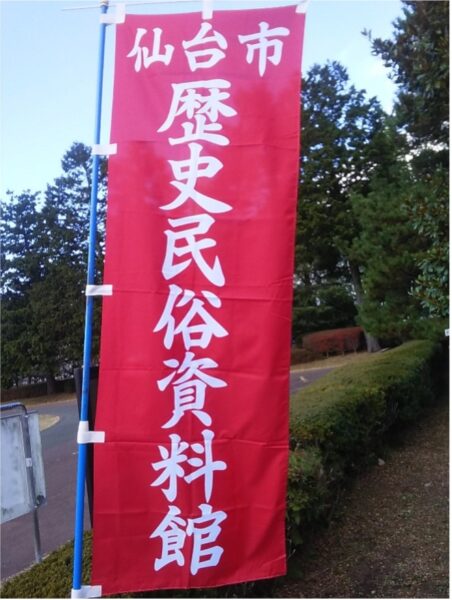
Well, we have arrived. By the way, on days when the museum is open, a climb like this one stands as a landmark. Even if the museum is normally closed, there may be special opening days on holidays and holiday weeks. The day I went was Sunday, and they were holding a special exhibition of past and present vehicles.
All the railway workers are gathered together at Sendai Electric Railway (/´△`\). It's a nostalgic road diesel car, so let's take a look.

The main entrance is here, and you can understand the history of the official residence even by looking at the construction of the building. It's understandable that the reason why it has such dignity and solidity is because it was used in such a way (everything is thick, everything is huge).
The existing reception counter at the main entrance is also located quite high up, so you have to look up while talking. I think the hierarchical relationships among the soldiers must have been amazing.
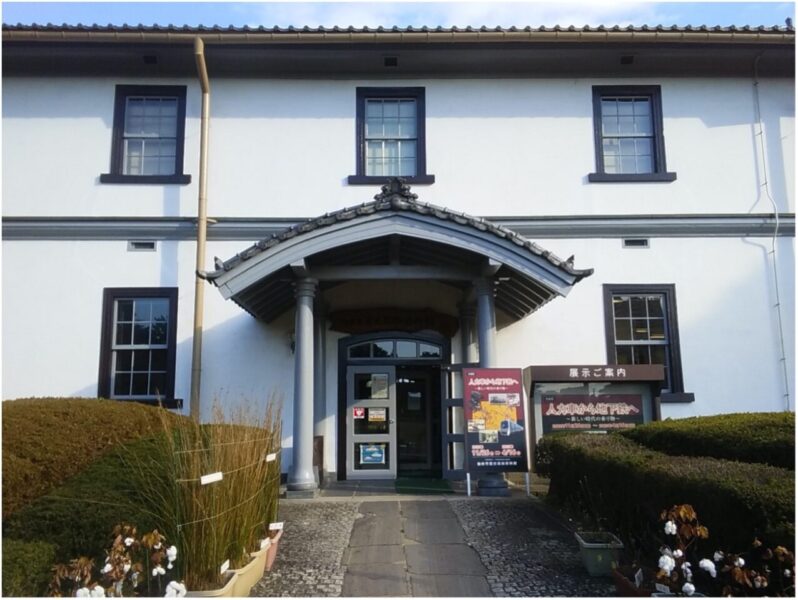
A real matchlock gun is also on display at the reenactment of dormitory life.
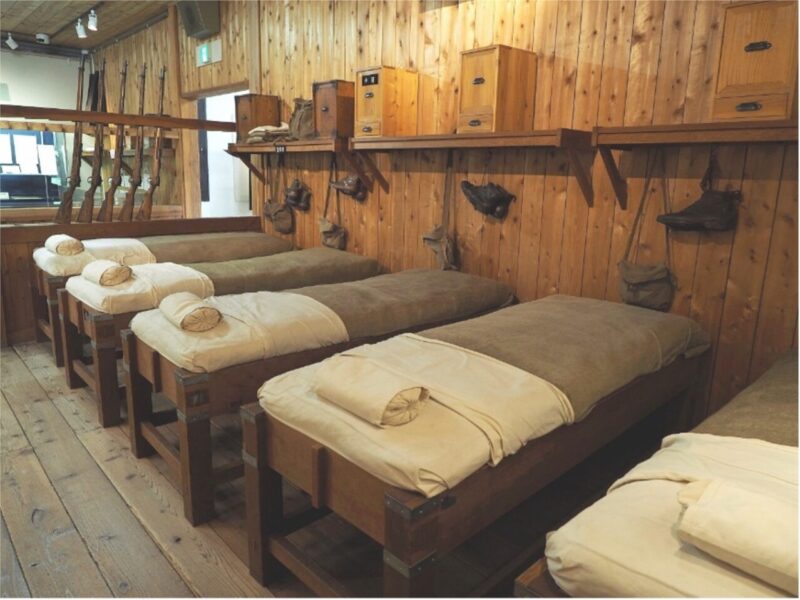
The inside of the dormitory has been recreated as it was back in the day, including military uniforms and storage for food pans.
All of the exhibits were real, and the matchlock gun, which weighed over 3 kg (apparently the real thing at the time), was displayed without a glass case. There was an old lady who was trying it out, and I asked her to hold it for me, but it was very heavy.
Highlights of the “Tools of Everyday Life” at the History and Folklore Museum
Another reason why it is a history and folklore museum is that there are exhibits that recreate the lifestyle of ordinary people, which is completely different from the rapid economic and political growth that followed the war.
You can see the simple and simple way of life back then, and it looks like a drama set. On the wall, there is a reproduction sample of the dining table of the time, and it seems that the normal meal consisted of one soup, one dish, and a piece of meat or fish, but the meals for New Year's and Obon events were similar to those eaten in the room of an inn. It seems that a luxurious meal was served.
However, when I saw it at a special exhibition, it said that he ate a bowl of rice twice a day ( ´△`) He has had a full stomach ever since he was born.
Nostalgic Showa era washing machines have a hand crank.

During the Showa era, washing machines first appeared in homes in the 1940s. The year is unknown, but it is a single-tank washing machine with a manual spin-drying roller attached to the side of the washing machine.
The director was demonstrating the hand-cranked washing machine to the children, so I listened to his explanation, but it seems that this type of washing machine was cumbersome and unpopular, so he immediately replaced it with a two-tub type. Apparently there was a washing machine.
Exhibition booth highlight: “A candy store with a nostalgic feel”
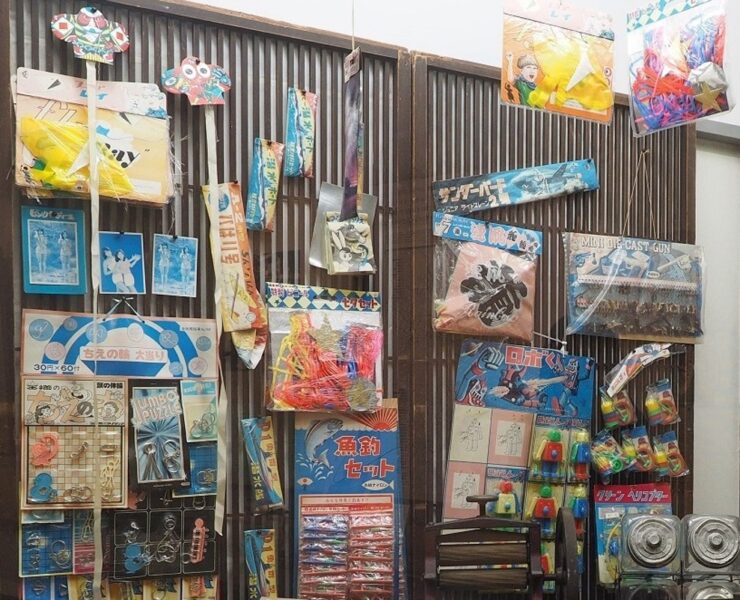
At the end of the second floor, there is a display case titled ``Dagashi Shop Front'', which is lined with a lot of toys and sweets that are just as they were back then.
Small sweets priced at 10 yen each and small hardtack sold separately are on display along with nostalgic toys. Come to think of it, dagashi (dagashi) is quite detailed... I'm sure many of you have learned how to make good use of 100 yen at a dagashi store, or how to manage your pocket money.
I'm sure there are people out there who just had to ask the old lady in charge of the store, ``Give me this,'' but it took a lot of courage to do so. A normal person can't read the atmosphere, right?
(*゚▽゚)ノ←This one
You can experience old children's games in the exhibition room.
There was a space where you could try your hand at playing with handmade toys, but there were a lot of elementary school students playing there, so I refrained from doing so this time. Please check it out after you actually go (Adults are free too)
Lastly, “The highlight of Tsutsugaoka Park where the History and Folklore Museum is located”
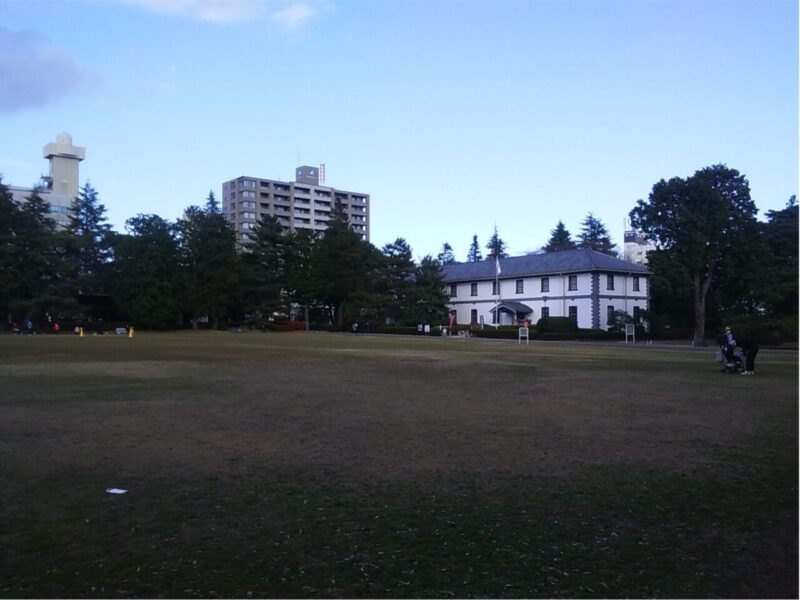
Kosugaoka Park, where the History and Folklore Museum is located, one of Sendai's best cherry blossom and has supported the public's vacation since the days of black and white photography. As an exhibit at the museum, there is a postcard of a commoner with Japanese hair, Kasuri kimono, and furoshiki, spreading out a bento. The so-called holiday cherry blossom viewing began when Tsunamura, the fourth generation of the Date clan, planted hanging cherry blossoms and Higan cherry blossoms as mourning cherry blossoms.
This is an episode typical of Tsunamura, who was one of the most elegant tea masters in Oshu ( ´△`) Chiyo's cherry blossom viewing bento always has zunda mochi in it.
It's the perfect place for cherry blossom viewing, so be sure to visit the History and Folklore Museum while you're there. See you soon.
How to get to the History and Folklore Museum from Sendai Station East Exit
- On foot ➡️On a sunny day, it takes about 20 minutes to stroll down Miyagino Dori.
- Car/Taxi ➡️Ride from Sendai Station East Exit/Taxi Pool, about 5 minutes
- Bus ➡️ Immediately get off at “Sendai Daisan Godochosha-mae”
- Train ➡️ Senseki Line, get off at "JR Kosugaoka Station" and walk within the park.
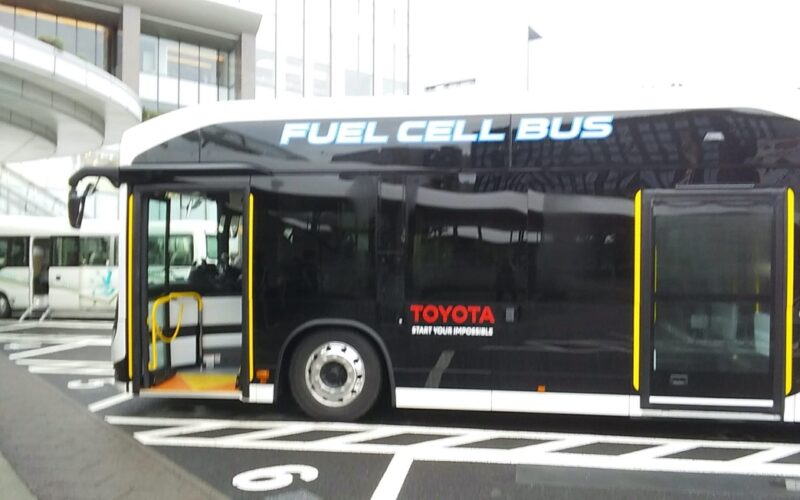
At the Sendai East Exit Bus Pool, such hydrogen buses (electric buses) occasionally appear, and test rides are also held. Sendai is a city that is actively working on sustainability, so you're lucky if you see such vehicles around town. (This is Toyota SORA, and you can see it in different colors as well)
I took a test drive, but I couldn't hear the engine, so when I turned around, I was surprised to find that the bus was following me at close range ( ´△`)
Renting a bike is also recommended for transportation!
Bicycle rental ports are conveniently located at stations, hotels, and other locations, allowing you to freely drop off and transfer between ports. Recommended for sightseeing.
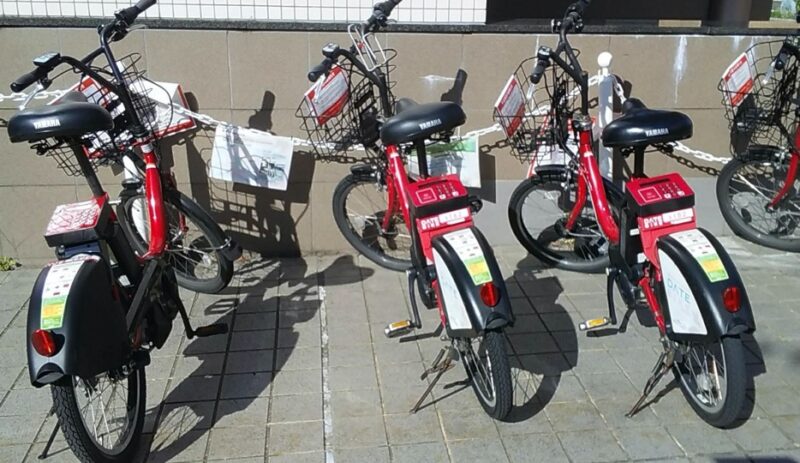
I tried riding it, and the assist power was quite good, which I was very grateful for in Sendai, where there are a lot of hills. 1-day passes can be purchased at convenience stores, but you will need a smartphone that can receive SNS when registering.
Sendai City History and Folklore Museum <Information>
- Name: Sendai City History and Folklore Museum (formerly 4th Infantry Regiment Barracks)
- Address: Olympiad, Miyagino-ku, Sendai City (inside Kotsugaoka Park)
- Opening hours: 9:00-16:45 (Admission until 16:15)
- Closed: Every Monday, third Thursday of the month. (Temporary closures: Year-end and New Year holidays, Obon holidays, etc.)
- Admission fee: Adults 240 yen (190 yen) / High school students: 180 yen (140 yen) / Elementary and junior high school students: 120 yen (90 yen)
- Official URL: Sendai City History and Folklore Museum official homepage



![Sendai City History and Folklore Museum | Rekimin Autumn Festival 2025 Photo Report (October 25, 2025) [Sendai City, Miyagi Prefecture] Ogatsu Hoin Kagura (Ishinomaki City, Miyagi Prefecture) - Rekimin Autumn Festival 2025](https://jp.neft.asia/wp-content/uploads/2025/11/DSC_18262-150x150.jpg)
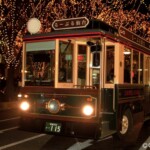
![The God of Fortune is real! ? The legend of Sendai Shiro! [Sendai City, Miyagi Prefecture] Sendai Shiro](https://jp.neft.asia/wp-content/uploads/2017/01/Sendai_Shirou-2-150x150.jpg)
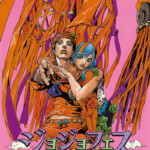
![[Sendai City, Miyagi Prefecture] I walked to the basin of Akiu Otaki, one of Japan's three famous waterfalls! Akiu Otaki](https://jp.neft.asia/wp-content/uploads/2017/05/DSCN0392-150x150.jpg)
![[Sendai City, Miyagi Prefecture] Sendai Umino-Mori Aquarium realistically reproduces the sea of Sanriku! A large school of sardines dances 2a0ffc7c28ccc082a4b110c8bbbaf207_m](https://jp.neft.asia/wp-content/uploads/2017/09/2a0ffc7c28ccc082a4b110c8bbbaf207_m-150x150.png)
![[Sendai City, Miyagi Prefecture] “Sendai City Astronomical Observatory” is the best experience-based space facility in Japan! Get Cosmic Candy! 9130011941fbfe5972678703bdf9a40b_m](https://jp.neft.asia/wp-content/uploads/2017/09/9130011941fbfe5972678703bdf9a40b_m-150x150.png)
![[Sendai City, Miyagi Prefecture] Experience the charm of Ichiban Shibori at Kirin Beer Sendai Factory! You can see everything from preparation to storage! factory](https://jp.neft.asia/wp-content/uploads/2018/03/43ee4b975ff524a919d849a07e240acb_s-150x150.jpg)



